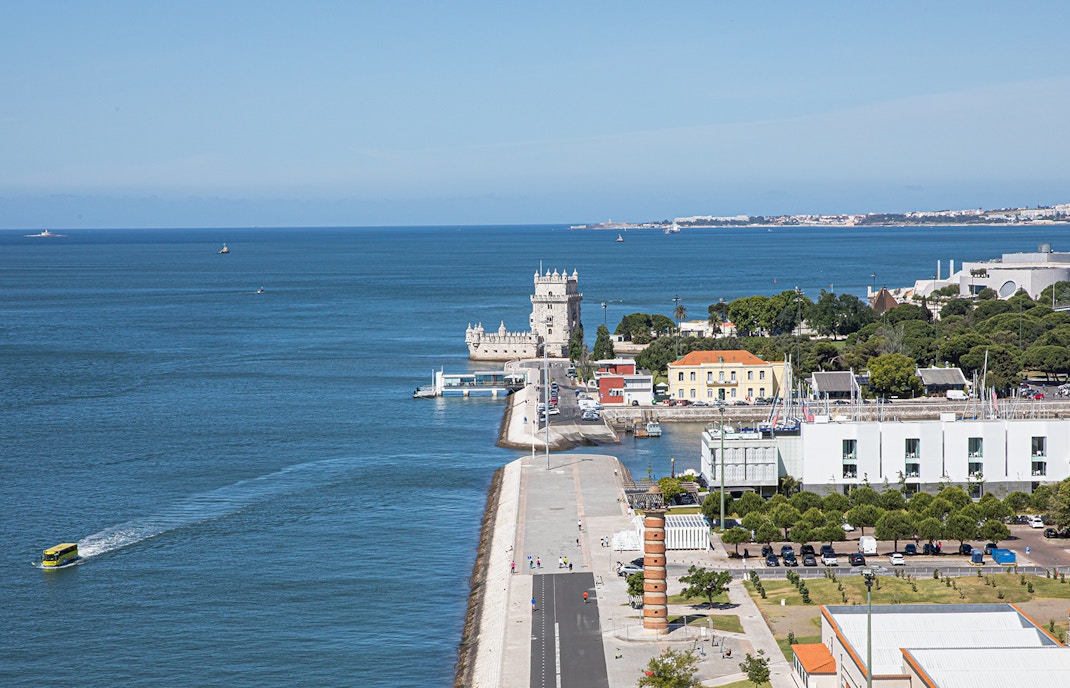During the reign of King John II, there used to be a line of defence in place in the exact location where the tower is at. Later, his successor, King Manuel I believed that building a permanent tower would be more viable than having a ship on the water. This is how the construction of the Belém Tower commenced. The ship has multiple canons and this structure was replaced with a stone fortification in the 16th century.
11 Interesting Facts About The Belém Tower

1. The Belém Tower replaced a ship that protected Lisbon

2. The Belém Tower no longer has an island of its own

3. The Belém Tower was built over a period of 5 years

4. The Interior of the Belém Tower has levels to it

5. The Belém Tower has another official name

6. The Belém Tower is one of the seven wonders of Portugal

7. The Belém Tower has a Manueline architectural style

8. The Dungeons of the Belém Tower were used as a prison

9. The Belém Tower used to collect taxes

10. Beasts and Rhinoceros were sculpted into the façade of the Belém Tower














